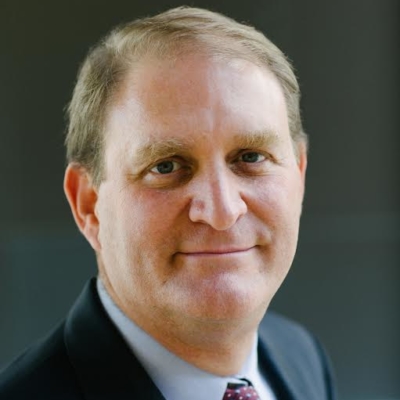The Audacity Of Hate
Summary
Karl Rove had a novel idea for how to organize President George W. Bush’s 2004 re-election campaign.
He and the chief campaign strategist, Matthew Dowd, decided on a “base strategy.” They reallocated the bulk of the campaign’s media budget to focus on social conservatives instead of on moderates — a decision predicated on the fact that the swing, or persuadable, share of the electorate had shrunk from one in five voters to less than one in 10. The most effective use of campaign funds, the thinking ran, was to invest in turning out more of the millions of white right-wing voters who needed to be motivated to show up at the polls.
…
Nate Persily, a professor of law and political science at Stanford, wrote me that the most significant damage resulting from negative partisanship and polarization is that the normal methods of accountability in a democratic society cease to apply. It used to be that people, regardless of party, believed government statistics about the employment rate and other metrics of progress and national well-being. Now, our interpretation of the basic facts of whether we are going in the right or wrong direction is dominated by whether expressing such an opinion is consistent with that which would advantage our tribe.
This extends to the legitimacy of elections, Persily continued, adding that trust in the electoral process is now contingent on who wins. That is, losers will cry ‘fraud’ and consider the president illegitimate, even if the election is well-run. This is the kind of dynamic we see in the developing world and unstable democracies. It is a recipe for disaster.
Read More
